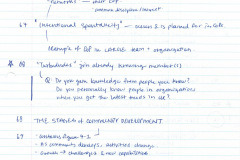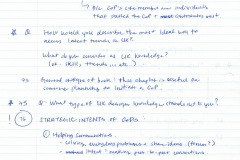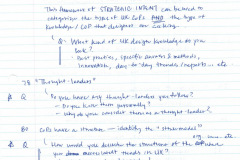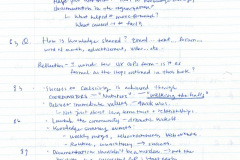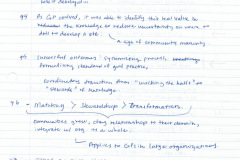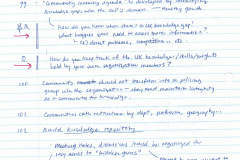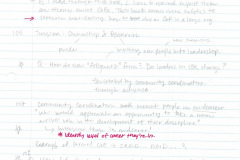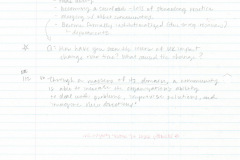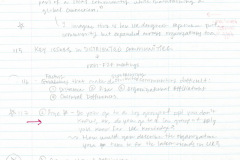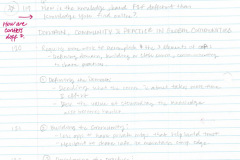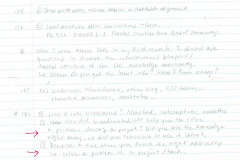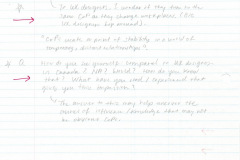
Chapter 6: The Challenges of Distributed Communities
- Ongoing case study with Shell Turbodudes
- They set a global peer community to share technical knowledge
- Worked for scientific and engineering disciplines
- Success due to “people… could experience being part of a local community while maintaining a global connection.”
I imagine this is how UX designers experience professional CoPs but expanded across organizations too. - Perhaps within the organization, there are various CoPs as you get promoted / change core responsibilities
Key Issues in Distributed Communities
- Distributed = non-F2F
- Factors that make sustaining distributed communities difficult:
- Distance
- Size
- Organizational affiliations
- Cultural differences
- Size: do you find information from a large group of people you don’t know personally? Or do you go to a small group of people you know personally?
- Organizational Affiliation: What kind of knowledge would you not share with others outside of the organization? Inside the organization? Do you think you’re valued for the knowledge you have over others? Do you feel a sense of responsibility to share knowledge with everyone?
- Culture: What would make you distrust UX information?
- How is knowledge shared F2F different than online? What kind of information would you prefer getting F2F instead of online?
Domain, Community & Practice in Global Communities
- Requires more work to accomplish the 3 elements of CoPs; defining domain, building the community, communicating to share practices
- Defining the domain
- Deciding what the community is about takes more time and effort
- Development the value of stewarding knowledge becomes harder
- Building the community
- There is less opportunity to have private meetings that help build trust
- People can be hesitant to share information to maintain competitive edge
- Developing the practice
- Cultural differences impact practices most
- “Craft intimacy” becomes difficult to achieve
- It is difficult to achieve a global community, but if successful, it helps members feel united and motivated around the world
Designing Distributed Communities
- Achieve stakeholder alignment; show quick wins
- Create structure that promotes both local variations and global connections; local variations allow subcultures to form
- Build a rhythm strong enough to maintain community visibility
- Develop a private space of the community more systematically
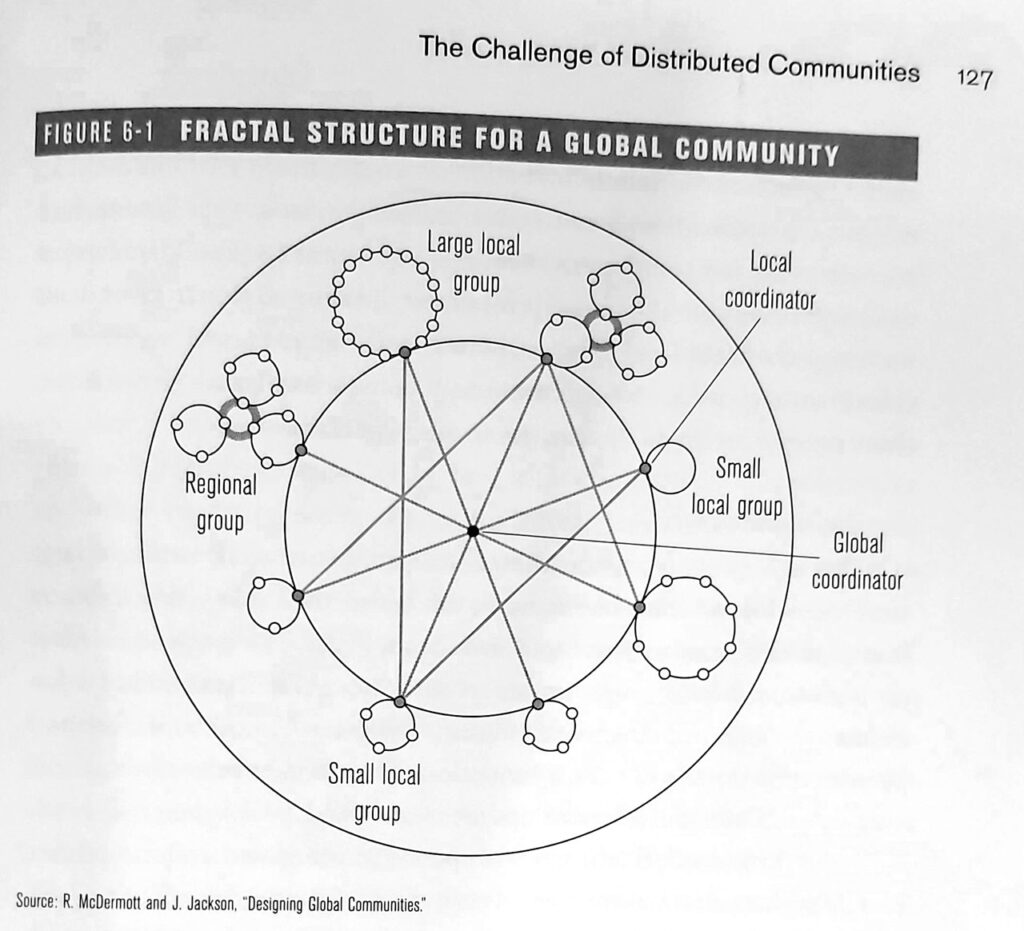
- When I come across CoPs in my field research, I should ask questions to discover the infrastructure / blueprint / fractal structure of the UX knowledge community
- Possible sources of info can come from: conferences, teleconferences, online blog, F2F meetings, threaded discussions, facilitators
- How is information broadcasted? Ex. newsfeed, subscriptions, newsletters
- How did the information help you solve problems? Did you use it right away? Did you use it later?
- Describe a time when you found the right information to solve a problem in a project / task
- Global integration of a multinational organization depends on the success of CoPs. CoPs facilitate the flow of information and shape the culture of sharing information.
- CoPs share perspectives and frameworks from people’s personal experiences; bottom-up knowledge generation and sharing
- Global practices are adopted from the bottom-up
- CoP leads to development of talent pool to know where to access expertise
- CoPs remain constant for members even if their projects change
- To UX designers, I wonder if they turn to the same CoPs as they change workplaces, because UX designers are known to “hop around” organizations
- “CoPs create a point of stability in a world of temporary, distant relationships”
- How do you see yourself compared to UX designers in Canada? NA? World? How do you know that? What have you come across that gives you this impression?
- The answer to this may help uncover the source of influence and knowledge that may not be as obvious
